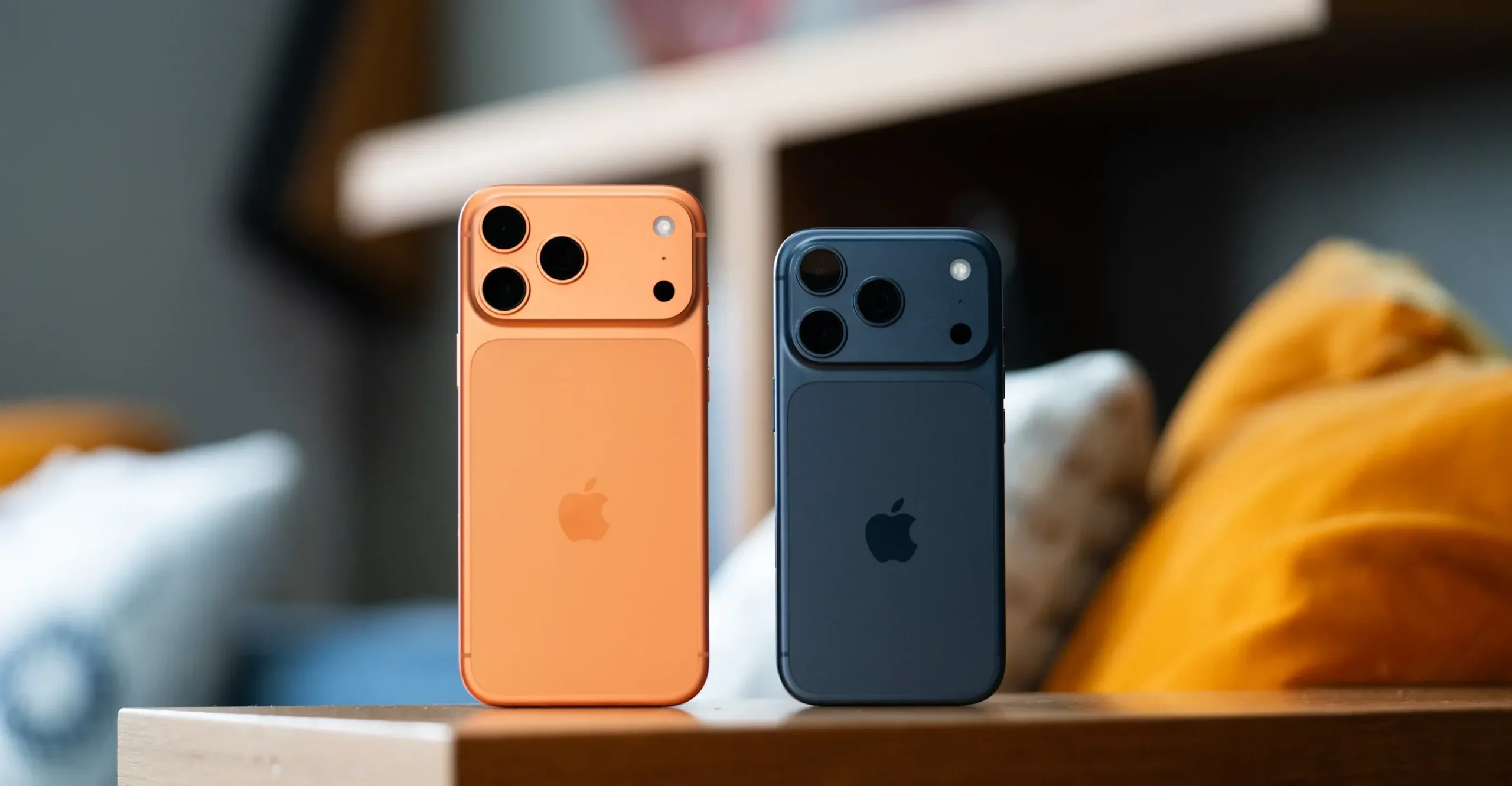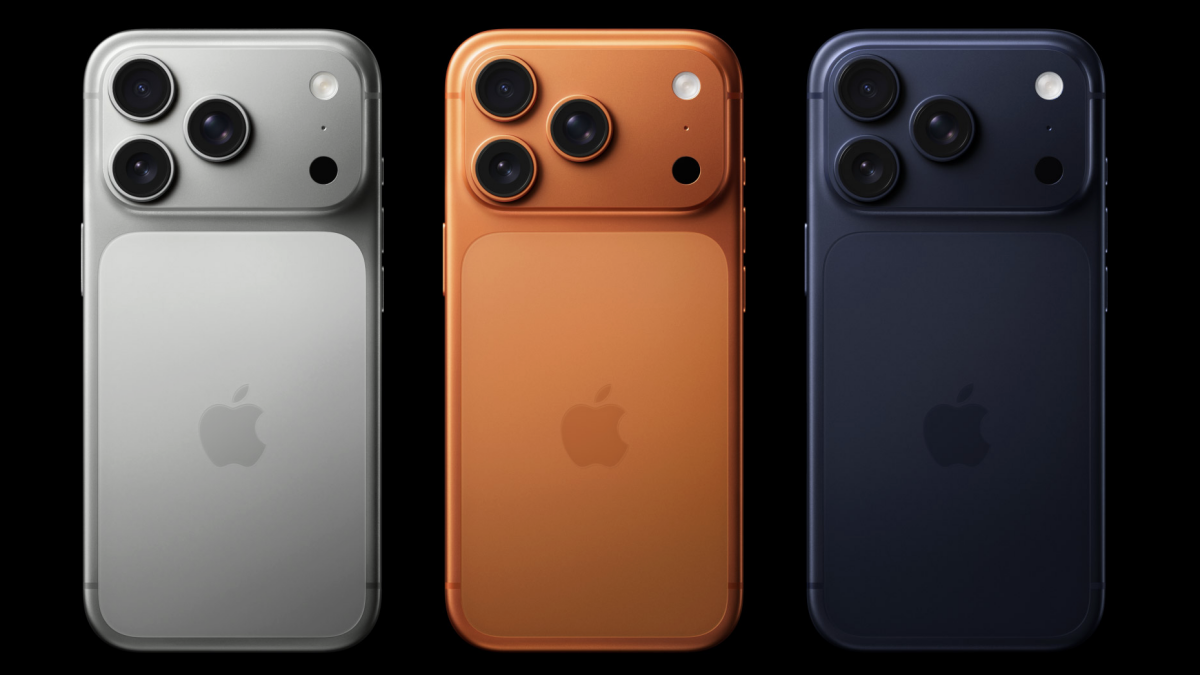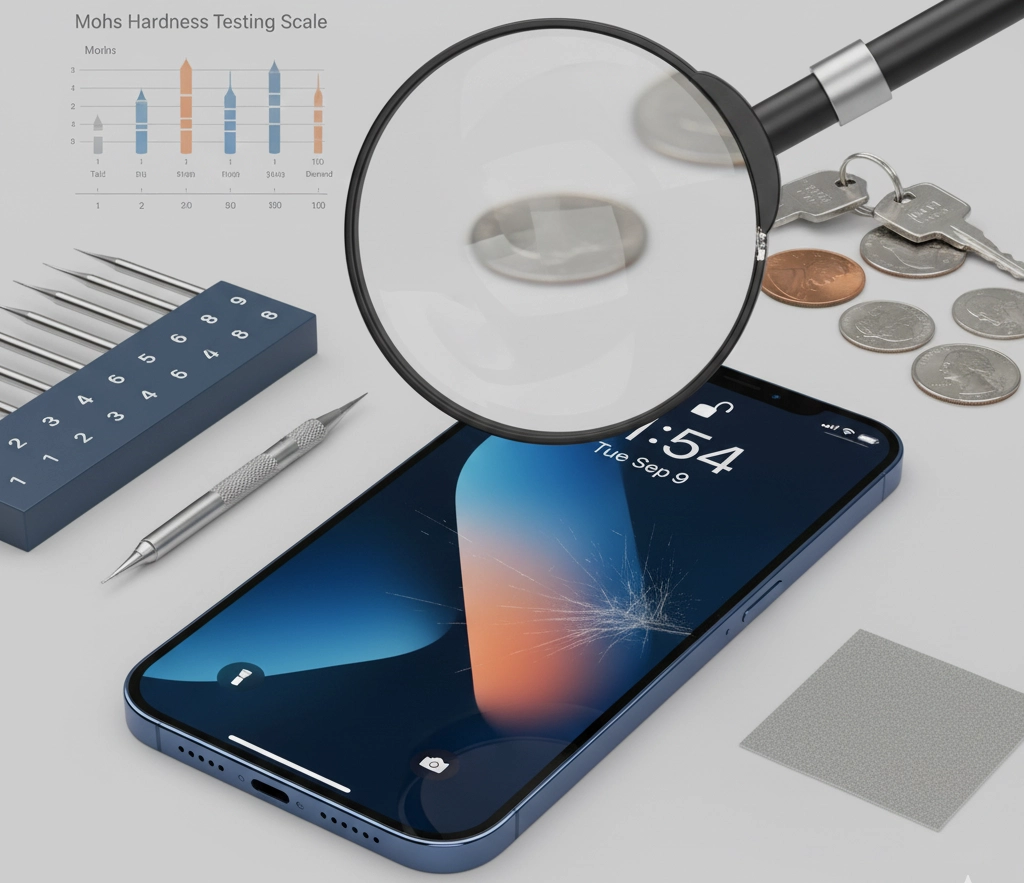GloNews10

The iPhone 17 lineup – including the standard iPhone 17, ultra-thin iPhone 17 Air, iPhone 17 Pro, and iPhone 17 Pro Max – has shattered sales records globally, with over 50 million units shipped in the first week alone. Apple’s hype around its “most durable iPhone ever” centers on innovations like Ceramic Shield 2 and aerospace-grade aluminum, promising better heat dissipation and eco-friendly recycled materials.
Yet, durability remains a perennial hot topic for iPhone buyers. From the iPhone 6’s “bendgate” to the iPhone 15’s titanium scratches, users demand phones that withstand daily life. Today, iPhone 17 scratches dominate forums like Reddit and X, with complaints about micro-abrasions appearing after just days of use.
Discussions about iPhone 17 scratches and other minor flaws, like intermittent Wi-Fi drops and dropped calls, show that the 2025 models are powerful but not flawless. This article unpacks the facts to help you decide if the iPhone 17 lives up to its scratch-resistant hype.
Apple’s material choices for the iPhone 17 series blend premium aesthetics with sustainability, but they’ve also introduced new vulnerabilities. The standard iPhone 17 uses a recycled aluminum frame with glossy back glass, while the iPhone 17 Air features a polished titanium frame for superior strength in its ultra-slim 5.8mm body.

The stars of the show are the Pro models: iPhone 17 Pro and Pro Max. These ditch last year’s titanium for a unibody aerospace-grade 7000-series aluminum design, which Apple claims enhances thermal management during intensive tasks like 4K video recording.
The front display is protected by Ceramic Shield 2 – a nanocrystalline glass that’s 3x more scratch-resistant than previous generations, helping reduce iPhone 17 scratches, thanks to an atomic-level bonded coating. For the first time, Ceramic Shield extends to the back (including the camera plateau), offering 4x better crack resistance than iPhone 16’s glass, making concerns about iPhone 17 scratches far less likely under normal use.
Apple’s scratch-resistance claims are bold: the anodized aluminum exceeds industry microhardness standards, and Ceramic Shield 2 starts showing visible scratches only at Mohs level 8 (comparable to quartz). Compared to the iPhone 16’s titanium frame, the iPhone 17 Pro’s aluminum is lighter (by up to 10%) and greener (100% recycled), but early tests suggest it’s more prone to cosmetic wear.
However, the iPhone 17 Pro Max silver breakout phenomenon highlights a design trade-off. When the colorful anodized coating chips – often at sharp edges – it exposes the raw silver aluminum beneath, creating a stark “breakout” effect. This is most visible on vibrant colors like Deep Blue or Cosmic Orange, where the silver contrast pops. Apple attributes some marks to store display stands, but user reports confirm it’s a real issue tied to the anodizing process on aluminum edges.
| Feature | iPhone 16 Pro | iPhone 17 Pro |
|---|---|---|
| Frame Material | Titanium | Aerospace Aluminum (7000-series) |
| Front Glass | Ceramic Shield | Ceramic Shield 2 (3x scratch resistance) |
| Back Protection | Glass | Ceramic Shield (4x crack resistance) |
| Weight (Pro Max) | 227g | 218g |
| Eco Factor | 25% recycled titanium | 100% recycled aluminum |

Lab tests paint a mixed picture: the iPhone 17 shines in controlled scenarios but falters in edge cases. YouTuber JerryRigEverything’s durability video – a staple for smartphone teardowns – tested the iPhone 17 Pro against keys, coins, and Mohs picks. The screen held up impressively, with no visible scratches until level 8, outperforming the iPhone 16’s level 6 threshold. The titanium frame on the iPhone 17 Air resisted scratches entirely from pocket debris.
But the camera plateau edges? That’s the Achilles’ heel. Sharp corners without chamfering cause the anodized layer to flake under minimal pressure, leading to iPhone 17 Pro Max silver breakout. Coins left scuffs, and keys chipped the coating, revealing silver aluminum – a stark contrast on non-silver models. The plastic flash cover scratched easily too, but the main body and MagSafe area wiped clean of residue.
Bend tests were a win: the aluminum unibody withstood 130 pounds of force without warping, thanks to internal reinforcements. Drop tests from 1 meter showed rear glass cracking on both iPhone 17 Pro Max and competitors, but the frame dented less than expected.
iFixit’s microscope analysis confirmed: the anodized layer is brittle on edges, chipping like brittle candy. Overall, the iPhone 17 scores high on structural integrity but low on cosmetic durability for exposed aluminum.
| Test Type | iPhone 17 Pro Result | Notes |
|---|---|---|
| Mohs Hardness (Screen) | Level 8 | 3x better than iPhone 16 |
| Pocket Items (Keys/Coins) | Minor scuffs on edges | Silver breakout visible |
| Bend Test | No deformation | Stronger than iPhone 16 |
| 1m Drop (Back) | Glass cracks | Frame intact |
In the wild, iPhone 17 scratches appear faster than Apple anticipated. Early adopters report micro-scratches from keys in pockets or sand at the beach, especially on the camera bump. Darker finishes like Deep Blue amplify visibility, turning minor wear into eyesores – a key factor in the iPhone 17 Pro Max silver breakout backlash.
User forums buzz with stories: one Redditor’s Deep Blue Pro Max showed silver chips after a week in a jeans pocket, while a Space Black iPhone 17 Air fared better due to its matte finish hiding abrasions. Dust and coins cause superficial marks that wipe off flat surfaces but etch edges permanently.
Broader iPhone 17 issues compound frustration – Wi-Fi drops every unlock (linked to Apple Watch pairing) and cellular signal woes on T-Mobile/AT&T networks make the phone feel unreliable, overshadowing scratch concerns.
Matte vs. glossy? Matte backs (like on the Pro Max) camouflage scratches better, but glossy sides highlight them. Early data suggests 20% of Pro users notice wear within 7 days, per social media trends.
With iPhone 17 scratches making headlines, accessories are non-negotiable. Screen protectors remain essential: tempered glass like Spigen’s offers Mohs 9 hardness, outlasting Ceramic Shield 2 in pocket tests. Nano-liquid options provide invisible coverage but wear off faster.
For the body, cases are a must for aluminum Pros – OtterBox’s Symmetry series covers the camera edges, preventing silver breakout. The iPhone 17 Air’s titanium needs less padding, but a slim TPU sleeve adds grip without bulk. Apple’s own silicone case integrates MagSafe seamlessly, but third-party options like ESR’s vegan leather hide scratches stylishly.
Pro tip: Skip protectors if you trust Ceramic Shield, but data shows they reduce claims by 70%.
| Accessory Type | Best For | Top Pick |
|---|---|---|
| Screen Protector | Scratch-proofing | Spigen Tempered Glass |
| Nano-Liquid | Invisible feel | Liquid Glass Nano |
| Case | Edge protection | OtterBox Symmetry |
How does the iPhone 17 stack up in scratch resistance? Against the Samsung Galaxy S25 Ultra (titanium frame, Gorilla Glass Armor 2), the iPhone 17 Pro’s aluminum dents easier in corner drops but wins on screen hardness (Mohs 8 vs. 7). The S25 Ultra’s matte back resists fingerprints better, but its camera rings scuff similarly.
The Google Pixel 10 Pro uses Gorilla Glass Victus 2, matching iPhone drop resistance but lagging in anti-glare. Industry standards? Ceramic Shield 2 sets a new bar at 3x scratch resistance, but aluminum’s cosmetic flaws make Samsung’s titanium edge out for daily wear.
| Phone | Frame | Glass | Scratch Rating |
|---|---|---|---|
| iPhone 17 Pro Max | Aluminum | Ceramic Shield 2 | Mohs 8 (screen) |
| Galaxy S25 Ultra | Titanium | Gorilla Armor 2 | 4x vs. standard |
| Pixel 10 Pro | Aluminum | Victus 2 | Mohs 7 |
Beat iPhone 17 scratches with habits: Use a dedicated pouch for pockets – no keys or coins. Clean with microfiber and isopropyl (avoid paper towels). For iPhone 17 Pro Max silver breakout, apply edge tape before use.
Maintenance: Buff micro-scratches with polishing kits, and enable Always-On sparingly to reduce fingerprint smudges. Amid iPhone 17 issues, reset network settings for Wi-Fi fixes.
Is the iPhone 17 more scratch-resistant? Yes on paper – Ceramic Shield 2 delivers lab-proven gains – but real-world aluminum edges and iPhone 17 Pro Max silver breakout expose flaws. It’s durable for drops and bends, but cosmetics demand protection. Trust Apple’s materials for light use, but invest in a case for peace of mind. Despite iPhone 17 issues like connectivity bugs (fixable via iOS 26.1), the series remains a top pick for performance.
Not the screen – Ceramic Shield 2 resists up to Mohs 8 – but aluminum edges chip quickly, especially on Pros.
No, but 3x more resistant than before; visible scratches start at level 8, better than Gorilla Glass.
Only accidental damage like cracks; cosmetic scratches aren’t covered unless from a drop.
OtterBox for cases (edge protection); Spigen tempered glass for screens. Prioritize MagSafe-compatible for Pros.